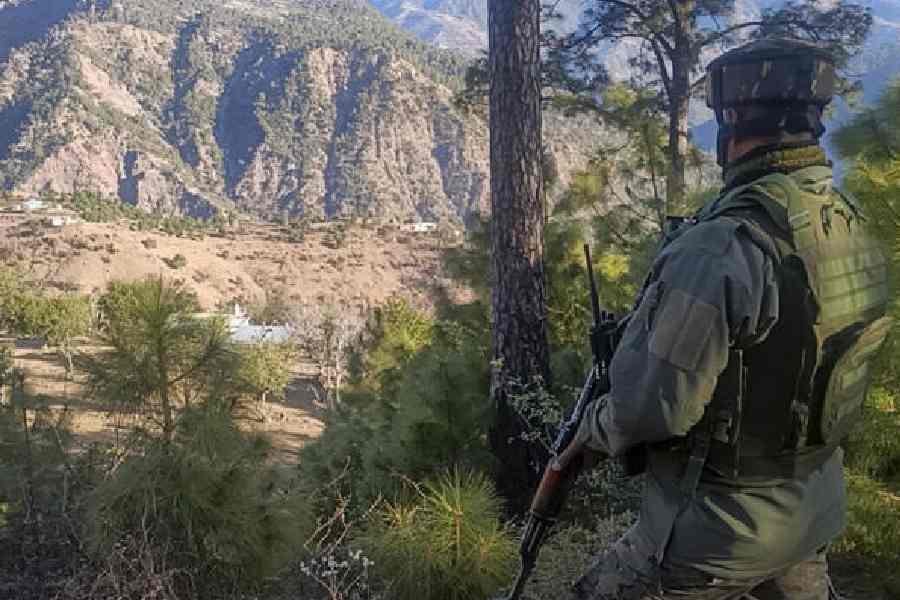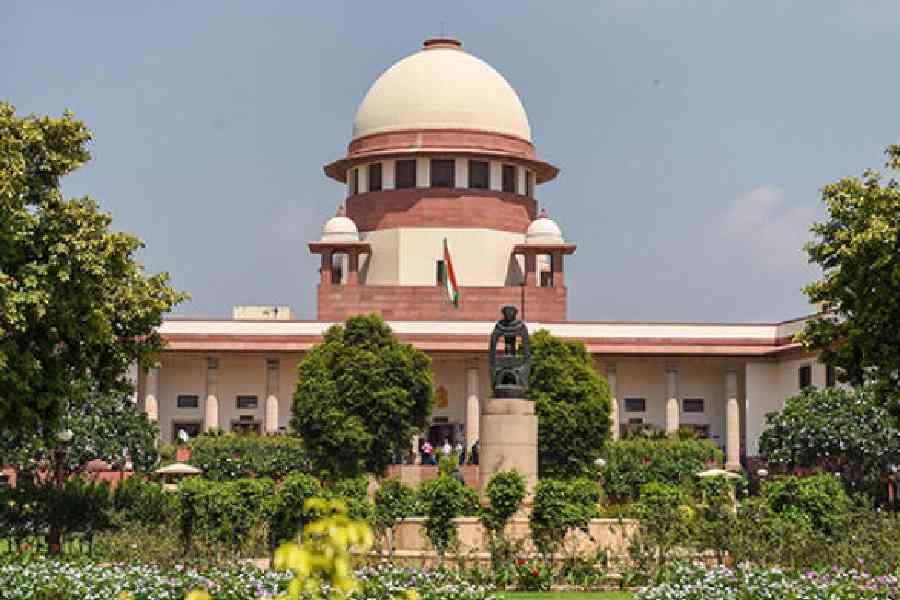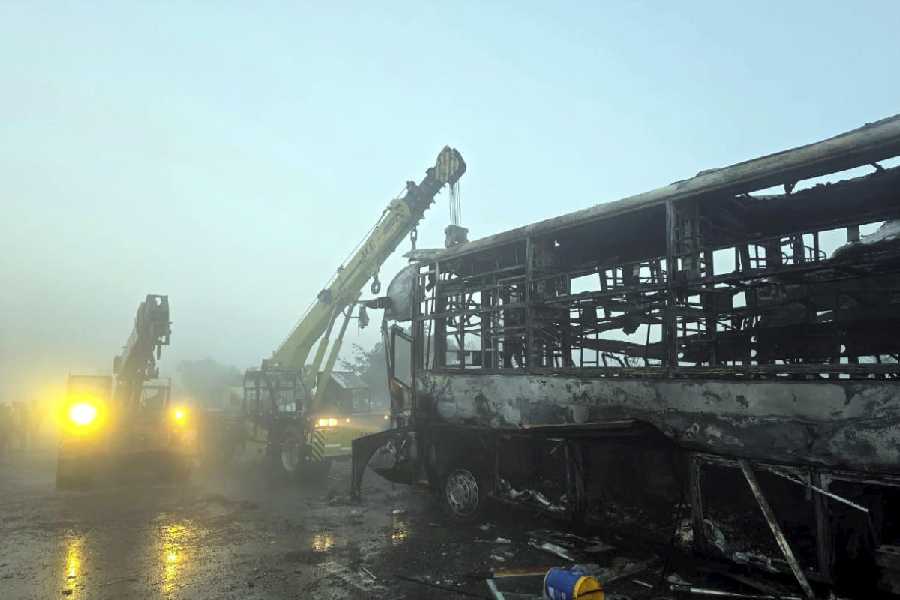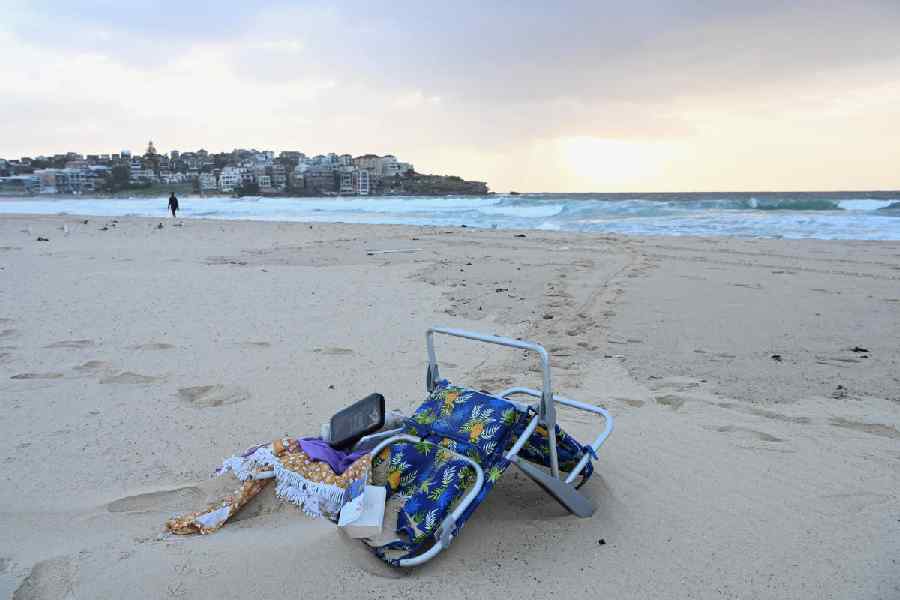 |
Planning a visit to Agra? Cancel your tickets. Instead, take a tour of Dharavi, which is emerging as one of the greatest tourist spots in India today. After Danny Boyle’s Oscar winner Slumdog Millionaire focused on Asia’s largest slum, Dharavi is fast becoming Mumbai’s most happening place.
From tourists to writers and filmmakers to students, everybody wants a bit of Dharavi. Several groups have even started escorting tourists to the area for a fee. But now the interest has gone beyond that. Even as developers eye the land said to be worth crores of rupees because it’s close to the airport, artistes of all hues are looking at the slum as their muse.
It’s difficult to picture Dharavi — with its small-scale business centres, hotchpotch unregulated shacks with corrugated roofs, narrow alleys and open sewage lines, as a source of inspiration. But it’s the subject of new documentaries, reality TV shows, films and books.
Joseph Campana from Montana, now living in Mumbai, is one of those inexplicably drawn to Dharavi. He is editing a book on it, to be published by HarperCollins, which will include essays by 35 authors dealing with life in Dharavi. Proceeds from the sales of the book will go to a charitable organisation working in the slum.
 |
 |
| SLUM SOUL: Views of Dharavi and (below) Max Kramer, a researcher from Germany |
“The essays on Dharavi will examine the evolution of Dharavi’s self-sustaining economic or social systems, for example, a neighbourhood, a business, a factory, a school or a political committee, noting how the people cope with the challenges of a flawed infrastructure and over-crowdedness,” says Campana.
The book, he says, will show how the people of Dharavi have created their own city. “In the absence of civic intervention, it has systems that make profit, give people work, keep them relatively safe from crime, and provide valuable goods and services to the rest of Mumbai.”
In 2009, UK’s Channel 4 did a programme called the Slumdog Secret Millionaire, where a British citizen called Seema Sharma — a dentist and a mother of two — won a coveted tender to run a dental practice for underprivileged residents in London. But there was another part to the deal: she had to also spend 15 days in Dharavi.
“She lived in a 225-square-foot room and her life and trysts with people in Dharavi were filmed,” says Rajesh Prabhakar, who is the point man for most foreign crews. Prabhakar also recalls a German student, Max Kramer, who spent a month in Dharavi and learnt the slangy tapori language of Mumbai.
Many of the projects deal with the underbelly of Dharavi. Last year, National Geographic filmed a series called The Real Slumdogs. The selling catch phrase was: “You’ve seen the Hollywood version; now meet the real slumdogs.” Directed by Steve Baker, it traced the lives of people living in the slum. South Africa’s e.tv is exploring a story on the trafficking of underage children of Dharavi.
Earlier this week, Al Jazeera began filming a documentary on Dharavi, but with a different angle. The film is on local youths taking part in human trials for new drugs by pharmaceutical companies. A youngster earns Rs 5,000 a week donating 5ml of blood every 15 minutes for six hours. For 280ml blood, they are paid Rs 7,000. Dharavi residents say if they go in for bigger trials, for which an incision is made in their thighs and then tested with drugs — a procedure that may mean a month in hospital — they get Rs 1 lakh.
Clearly, Dharavi is throwing up all kinds of creative ideas. A German television channel is exploring a reality show for which it is going to take two educated labourers and a driver from Dharavi to Germany for a short period, while two labourers and a driver from Germany will be asked to live in Dharavi.
Another television channel from Canada is said to be shooting a film on Dharavi’s millionaires. While filming a feature on global warming, Anna Botting of Sky News shot a capsule on Dharavi’s recycling units.
But one of the starkest of programmes on Dharavi was British presenter Kevin McCloud’s Slumming It. He lived in Kumbharwada in Dharavi, spoke disrespectfully of the host and highlighted the locals’ morning ablutions and streets spattered with excreta. “Even the rats have difficulty keeping their breakfast down,” was one of his lines.
McCloud, however, also underlined the social architecture of the area and looked at how 85 per cent of residents had jobs and noted that the crime rate was low. He showed children in clean uniforms on their way to school even as they dodged the faeces on the road. He spoke of 15,000 illegal factories that highlight the survival skills of the residents of Dharavi, even as he pointed to the 4,000 cases of infectious diseases that the medical authorities had to deal with every day.
“It is amazing what a society without regulations or taxes can achieve. Capitalism is in rude, primitive health here,” he said.
American lawyer Graham Carry was so inspired by McCloud’s show that he went and bought expensive photo-equipment and landed in Dharavi with his son. He has been focusing on doors — multicoloured panels of Koliwada, where fishermen live, and the wooden doors with the intricate workmanship of Tamil houses.
Interestingly, the focus on Dharavi comes at a time when moves are afoot to redevelop the area. Once a marshland, it was reclaimed by people who moved to Mumbai over the years. Over one million people now live in Dharavi, whose 530 acres are being eyed by the Maharashtra government and builders.
“Redevelopment will destroy the character of Dharavi,” rues Campana, who teaches at the American School and at the Xavier Institute of Communications.
Dharavi should be provided with the essential infrastructure of water supply and sanitation, he says. “Frame rules for redevelopment, and leave it to organisations of the residents themselves to take up reconstruction as and when they wish, in consonance with an overall plan. It should be redeveloped to remove the ugliness and yet retain its community spirit, enterprise, ambitions and hope,” he says.
That perhaps calls for another film or book on Dharavi.










